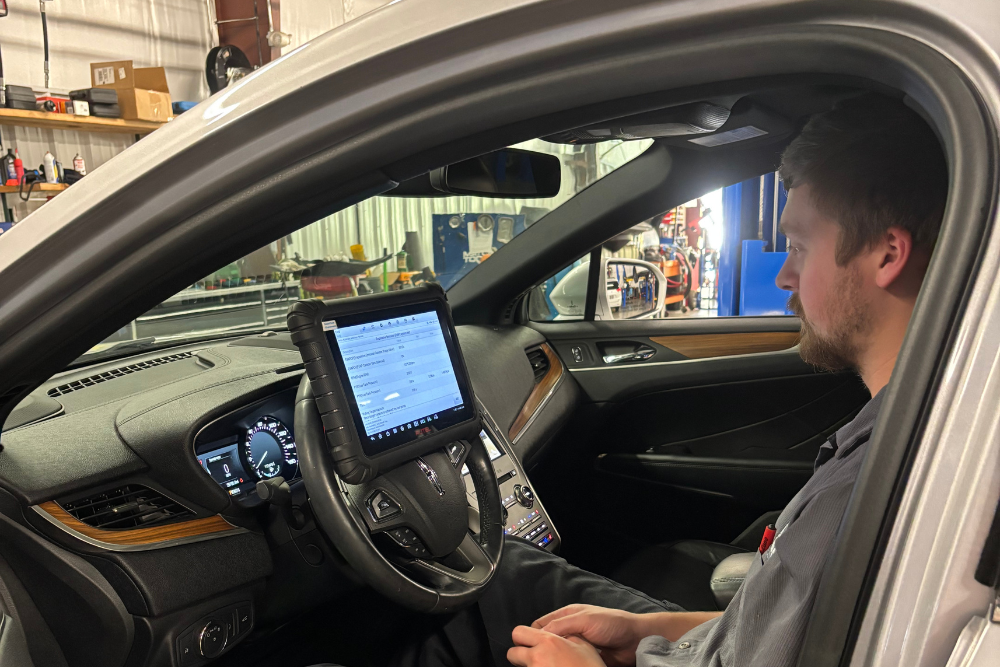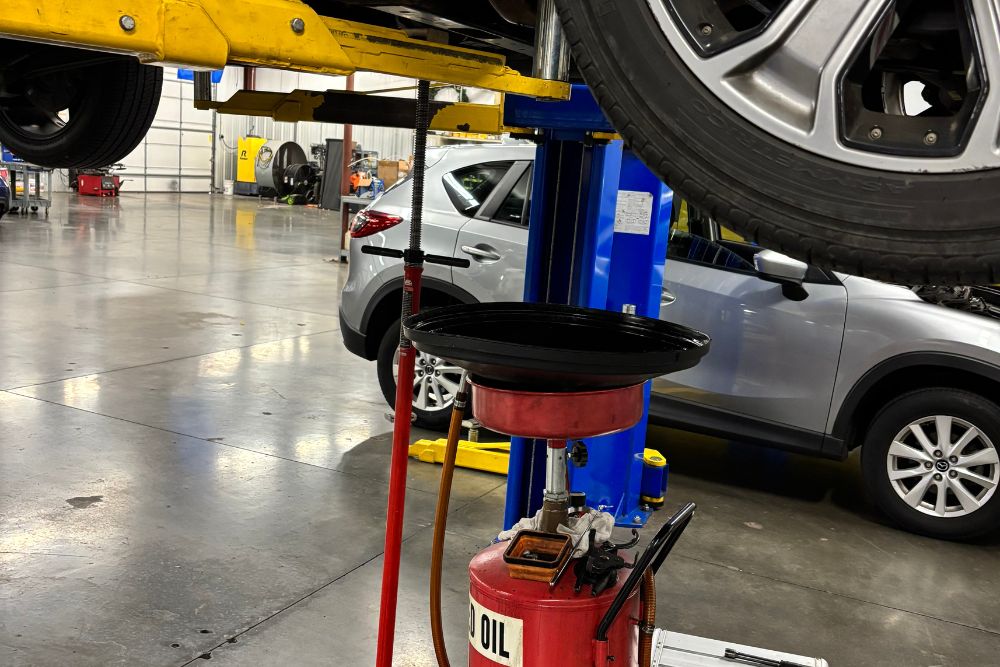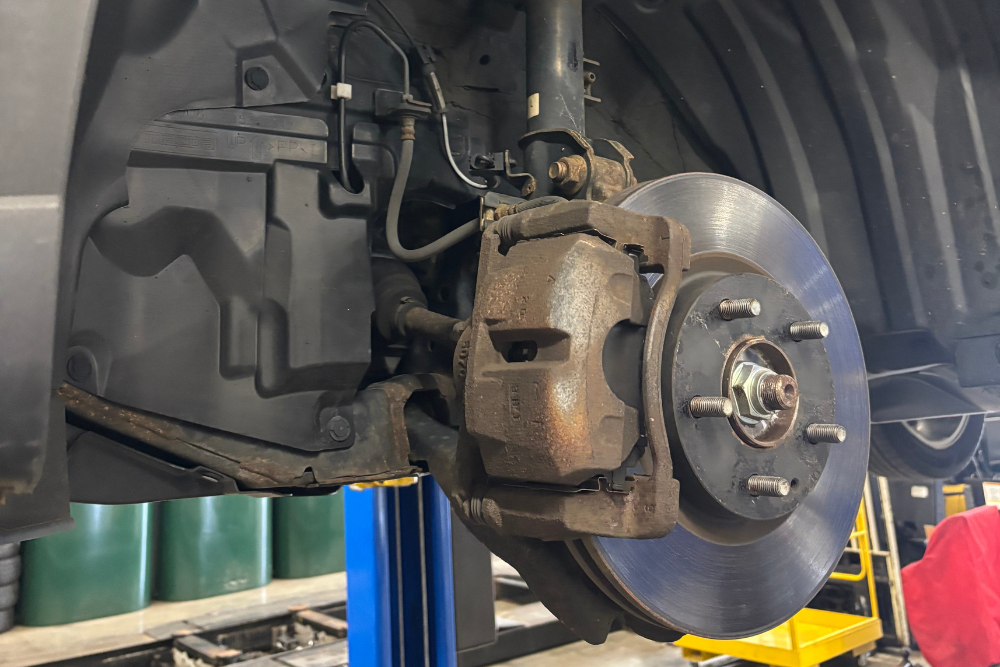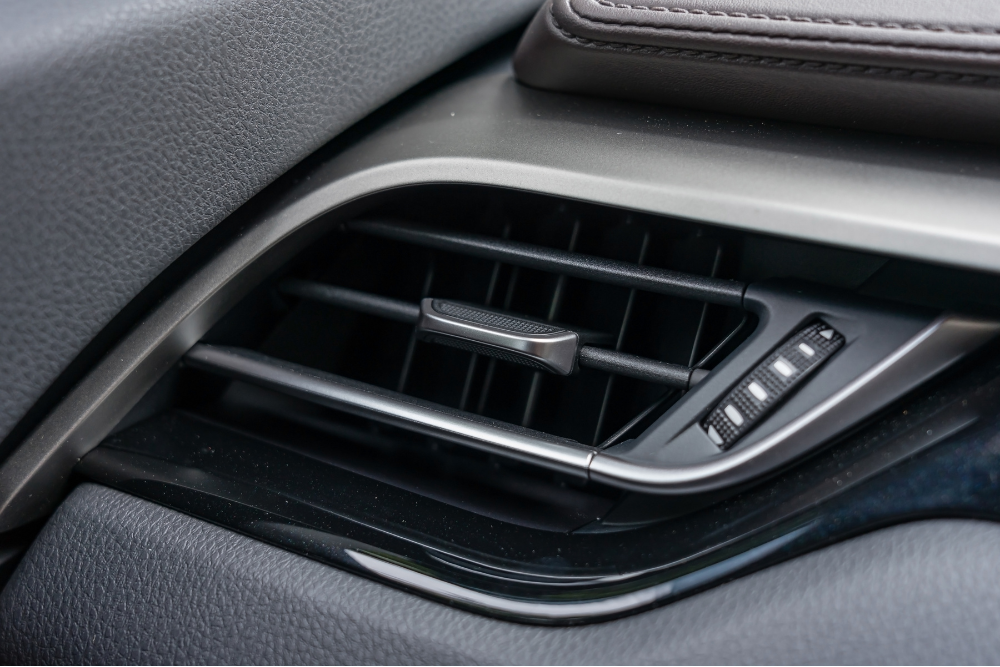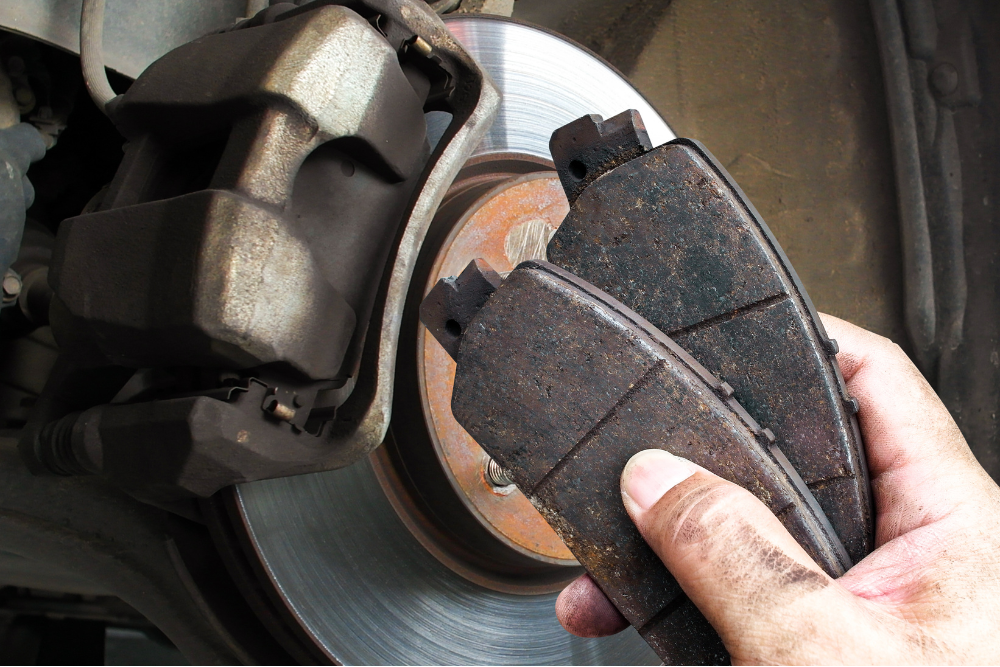Blog
Featured Blog
Why Is My Check Engine Light On? Top Causes for Ohio Drivers
Discover the real reason your check engine light is on. Learn how expert diagnostics keep your car safe, efficient, and…
Back-to-School Car Care: Preventative Maintenance in Springboro
October 9, 2025
When to Replace Shocks and Struts in Ohio: A Local Driver’s Guide
September 4, 2025
Car A/C Recharge in Springboro, OH: Signs You Need It
June 25, 2025

